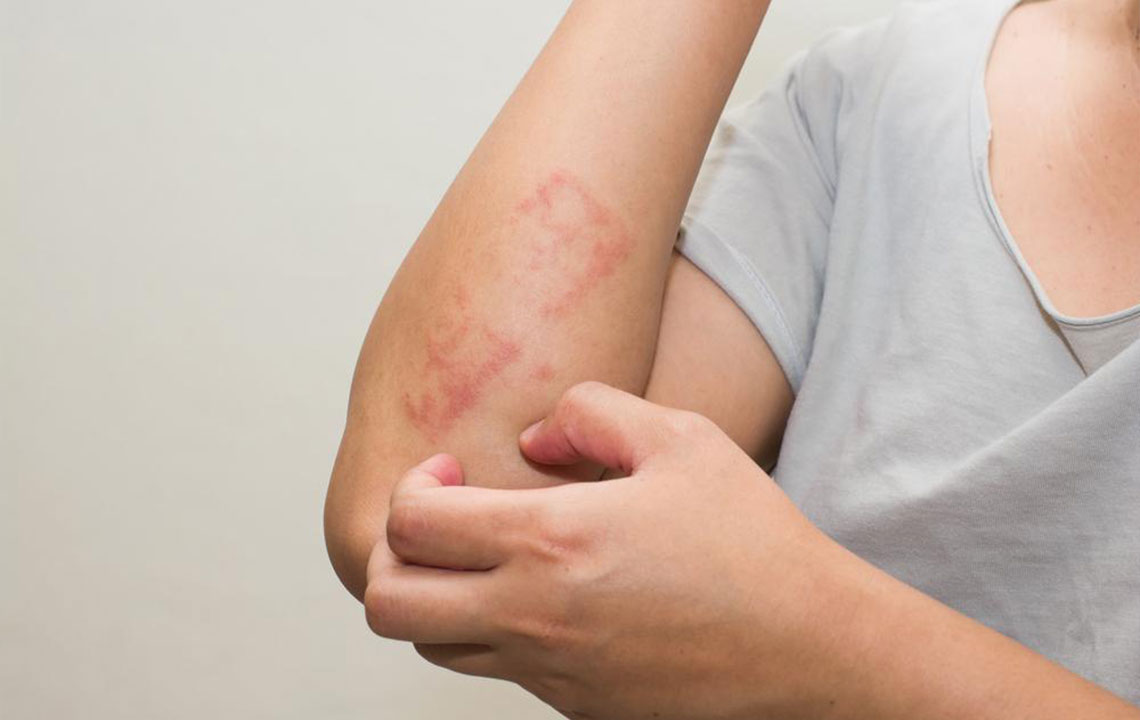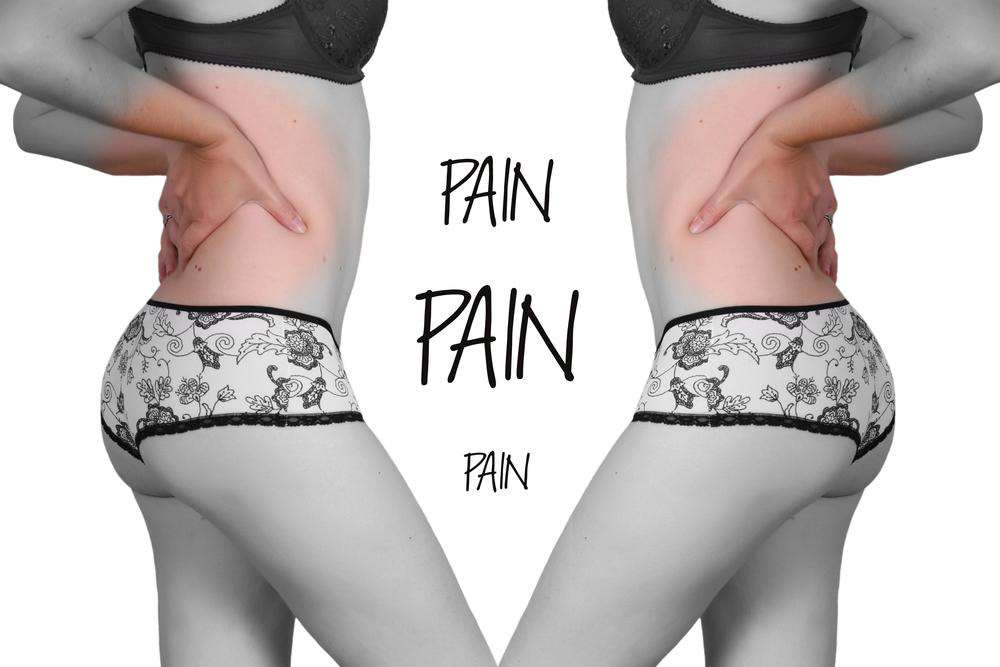Effective Strategies for Managing Post-Shingles Nerve Pain
Learn about effective treatments for post-shingles nerve pain, including medications, topical options, and preventive measures. Early management and vaccination can help reduce the risk of chronic neuralgia, especially for older adults and immunocompromised individuals. Consult your healthcare provider for tailored treatment plans to alleviate persistent nerve discomfort caused by shingles.

Effective Strategies for Managing Post-Shingles Nerve Pain
What is post-shingles nerve pain?
Post-shingles nerve pain is a complication resulting from a shingles outbreak caused by the reactivation of the varicella-zoster virus, the same virus responsible for chickenpox. After recovering from chickenpox, the virus stays dormant in the nervous system, but can reactivate years later, leading to shingles. Sometimes, even after shingles treatment, some individuals experience long-lasting pain, known as post-shingles neuralgia.
This condition primarily impacts skin and nerve fibers, often causing intense discomfort.
Patients typically feel burning or stabbing sensations along the affected nerves.
Signs of post-shingles nerve pain
The main symptom is persistent nerve discomfort in the area of the original shingles rash, usually lasting longer than three months. Additional signs include:
Severe itching in the affected region
Increased sensitivity to touch, making even light contact uncomfortable
Numbness (less common)
Fever and fatigue
Who is most at risk?
Post-shingles neuralgia can develop in anyone who has experienced shingles, especially individuals over 60 due to decreased immune function. Those with weakened immune systems are also more vulnerable.
Approaches to Treatment of Post-Shingles Neuralgia
Proper medical consultation is essential for managing this condition. Based on severity, healthcare providers recommend various therapies:
Capsaicin Derived from hot chili peppers, capsaicin is available as a topical cream or patch. Creams can be used without a doctor’s prescription, but patches are prescription-only and applied by professionals after numbing the area. Patches provide pain relief for approximately three months; creams should be carefully applied and washed off thoroughly after use.
Lidocaine Patches These patches offer temporary relief from neuralgia pain without causing numbness. Prescription is required, and they are applied directly to the affected skin for quick relief.
Medication Options Various drugs, including pain relievers, anticonvulsants, antidepressants, and opioids, may be prescribed to ease pain. All medications should be taken under medical guidance to minimize risks. OTC remedies should also be discussed with your doctor.
Electrical Nerve Stimulation (TENS) This method uses small electrical currents delivered through a device to target pain regions. It may not suit all patients, so consult your healthcare provider to determine suitability.
Cold Therapy Applying cold packs can help reduce inflammation and numb nerve pain temporarily. Used several times daily, this can provide short-term relief.
In addition to treatments, maintaining hygiene, avoiding tight or synthetic clothing, and covering sensitive areas can help reduce symptoms. Avoid adhesive dressings that may irritate the skin.
Prevention of Post-Shingles Neuralgia
Early treatment during shingles outbreaks can help prevent chronic pain development. The shingles vaccine, particularly recommended for those over 60, can significantly reduce the risk of post-shingles neuralgia. Discuss vaccination options with your healthcare provider to determine suitability.










